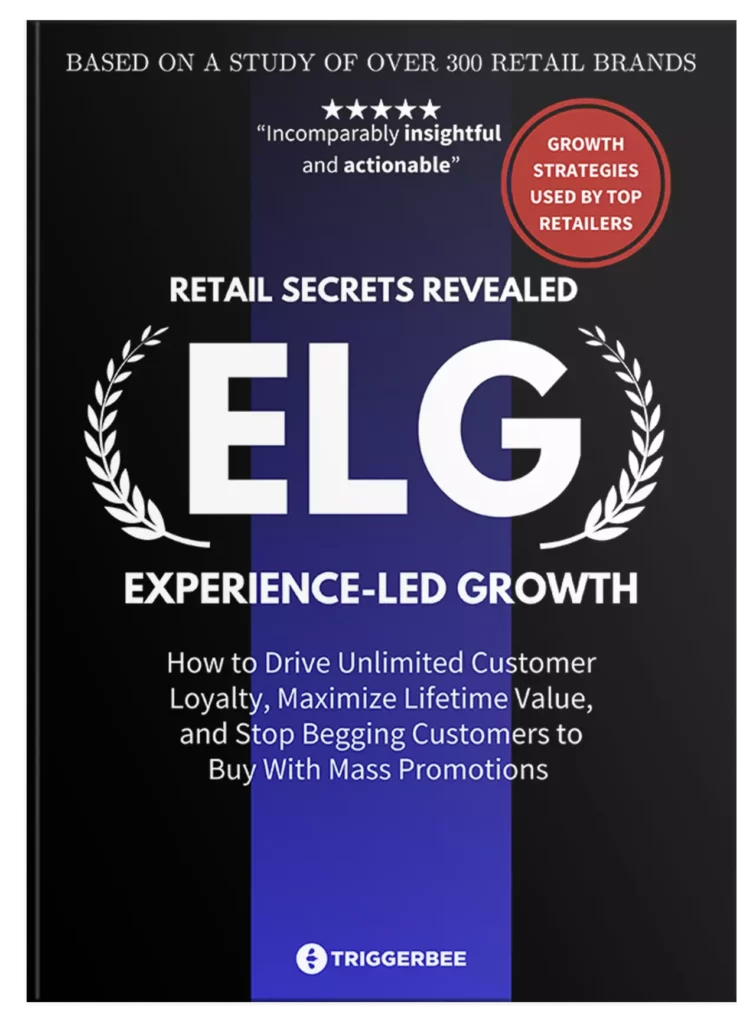Automated sales — it’s the dream, right? Where all your sales processes are put on auto-pilot and you can put all of your focus on your product. Unfortunately, that isn’t quite possible — yet. No sales cycle can be completely automated, but a natural place for companies to start is in the automation of individual sales processes.
At Triggerbee, our system plays a key role in the sales automation operations of our customers. The data, customization options, and reliability of our system helps businesses automate key steps in their sales process and shrink the workloads of their sales reps.
Still, automating sales isn’t something that is going to happen overnight. It takes time to ensure that you have the right tools, processes, and strategies in place to make automation an effective alternative to more conventional by-hand strategies. But once you do have those in place, the sky’s the limit.
The Right Tools and Strategies
It can’t be understated how important having the right tools, processes, and strategies in place is when you begin your journey into sales automation. Without a clear idea of where you are heading, it’s too easy to get lost on the way. You need clear goals. What will you be automating? What tools will you be using to accomplish that automation? How will this change processes for your current sales team? These are important questions.
Start by determining which sales processes you would like to automate. Where do your sales reps take the most time? What types of automation would help you the most? Work closely with your sales reps to identify key processes that are both able to be handled by publicly available automation tools and can realistically be installed into your current sales processes.
Every company has different processes, and no one tool can completely automate everything that your sales teams do. Instead, focus on automating singular processes and combine those to work closer toward your larger automation goals.
Automated Prospecting and Lead Generation
One area where most companies would like to inject some automation into is in the prospecting and lead generation department. Sales reps and marketing teams spend a lot of time and energy on generating new leads and identifying targets. In fact, the average salesperson spends 15% of their time engaging with existing customers. Luckily, it also happens to be one of the sales processes that are ripe for automation.
There are many types of automation that you can use to improve the prospecting process. Companies like Close.io offer several features to improve automation including cold calling automation, SMS, emailing, and in-depth reporting to help you measure your effectiveness.
Here at Triggerbee, we make prospecting and lead generation automation simple. Every single day you have people that come to your website and leave, never to be heard from again. They might even be interested in your product but just don’t have the time to seek out a customer service rep and get their questions answered.
Triggerbee allows you setup custom automations based on “If this then that” logic, similar to segmentation options in popular email marketing software like MailChimp or Sendgrid.
Because Triggerbee is able to automatically identify company names of website visitors and then tracks their activity and engagement, you can create warm lead lists of prospects that have expressed interest in your product through their on-site actions. Our system tracks who visits your website, where they come from, and what they do when they are there.
You can then have these lists automatically delivered to your sales reps every one, seven, or fourteen days. This ensures that your sales reps have a constant supply of fresh leads that they can begin building relationships with.
In another example, Triggerbee will send a notification to a salesperson when the prospect visits the website following the delivery of a proposal. If the prospect is currently in Pipedrive (a CRM solution, which we’ll touch on in a second) Triggerbee can also add a note that shows what that prospect did during their visit to your website.
Intent Data and Lead Scoring
Intent data is data that indicates the level of interest from a particular prospect or account and is typically used in the lead scoring process. Internal intent data refers to data detailing the actions your customers take on your website.
By identifying parties that are further along in the buying cycle or more interested in your solution, your sales reps can close more deals quickly. 79% of all leads are never converted into sales, and intent data can help any company to hone in on interested parties and improve that number.
In many companies lead scoring is done by hand. Sales reps (or marketers, before marketing the lead as sales qualified) have to analyze interactions that they have tracked and actions the lead has taken to gauge their interest. It’s often a very time-consuming process.
Luckily, Triggerbee tracks detailed intent data by analyzing the actions that your visitors take on your website, giving your team all of the information that they need to accurately score leads. If the visitor is identified, their email is synced into the system, which enables your sales reps to score the lead and stay in continuous contact with them through email as they traverse the buyer’s journey.
CRM Usage and Automation
A customer relationship management tool is a must-have solution for modern sales teams and one that plays a critical role in sales automation. CRM adoption increases sales by up to 29%. Today, the customer experience and a brand’s relationship with their customers is more important than ever before. In a recent survey by SalesForce, they found that 51% of sales leaders are placing their focus on improving customer retention through building deeper relationships.
To automate sales, you have to have a central location where you store information about your target accounts. Your automation tools then must interact with your CRM solution to add, edit, and update it with relevant data. Our favorite solution is Pipedrive, but there are many CRM software suites out there.
Triggerbee connects directly to your CRM solution and updates information based on the data that is collected when people visit your website. While we are expanding our CRM integrations, our integration with Pipedrive is currently the deepest. Our system will create new deals in Pipedrive when a website visitor performs a specific action.
One example might be when a website visitor downloads a resource or visits a specific page on your website (even when the visitor is still anonymous). If our system can identify the visitor from a previous interaction like a form submission, it will. Then, it will use that information to create the contact card in Pipedrive and keep your CRM up to date.
Automating Sales Relies on Data
Your ability to automate sales comes down to your ability to collect and use vital data. Automating sales requires that you have the right tools and strategies in place to make effective use of that data. Start by determining specific sales processes that you would like to automate and build from there. By taking specific tasks off of your rep’s plates (or simplifying them), you free up their time to focus on more important tasks. Sales automation won’t take care of the entire sales process for you, but it will put your sales reps in a position to close high-value deals more quickly.
Interested in seeing how Triggerbee can help you get started with sales automation? Start your free trial today!
Automated sales — it’s the dream, right? Where all your sales processes are put on auto-pilot and you can put all of your focus on your product. Unfortunately, that isn’t quite possible — yet. No sales cycle can be completely automated, but a natural place for companies to start is in the automation of individual sales processes.


